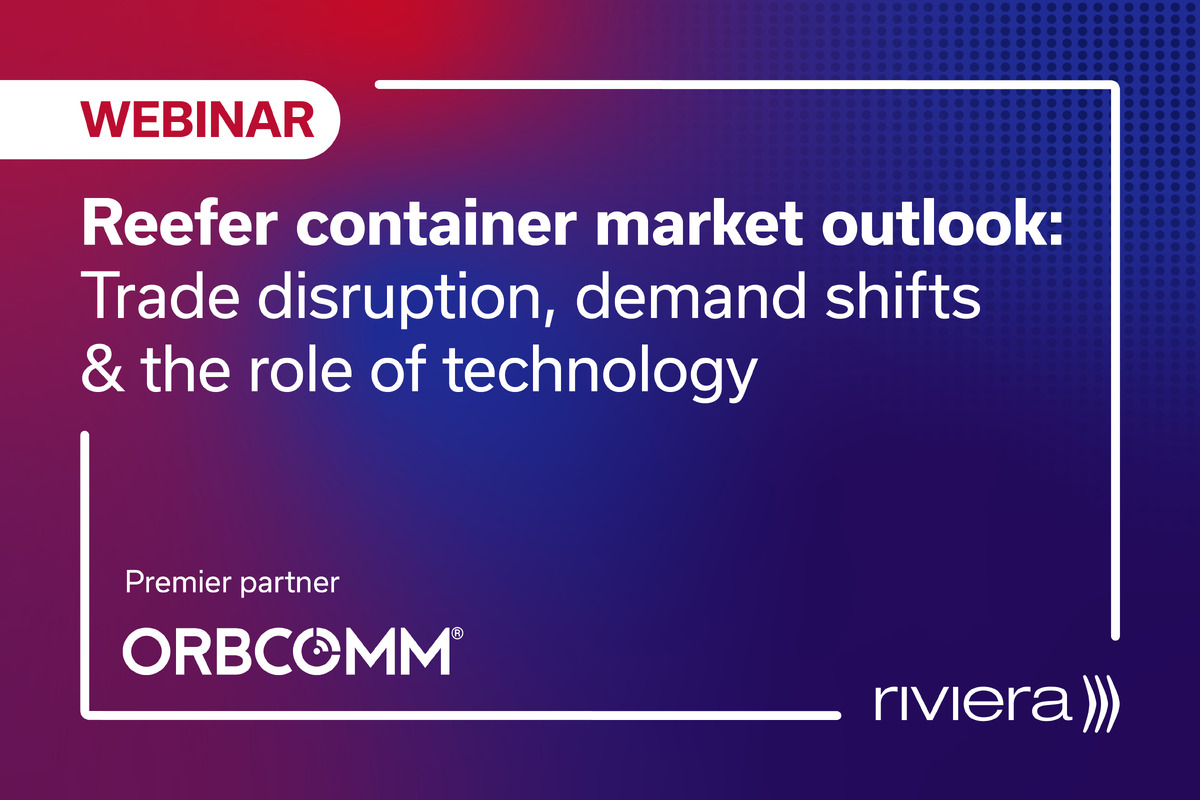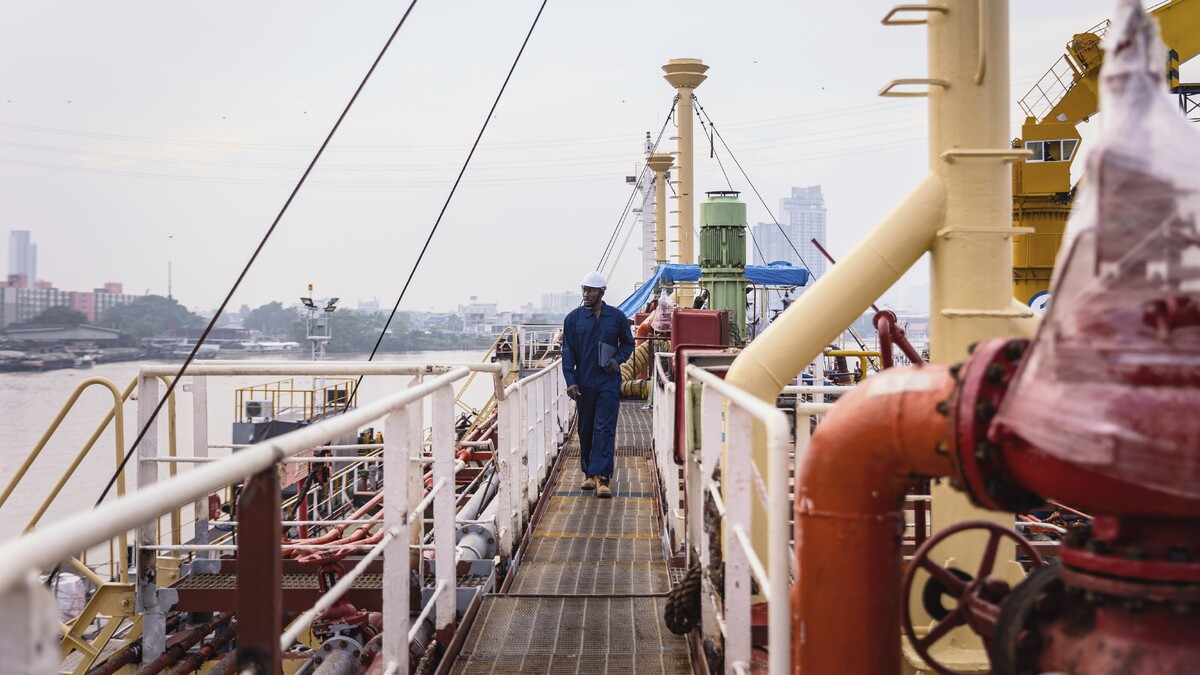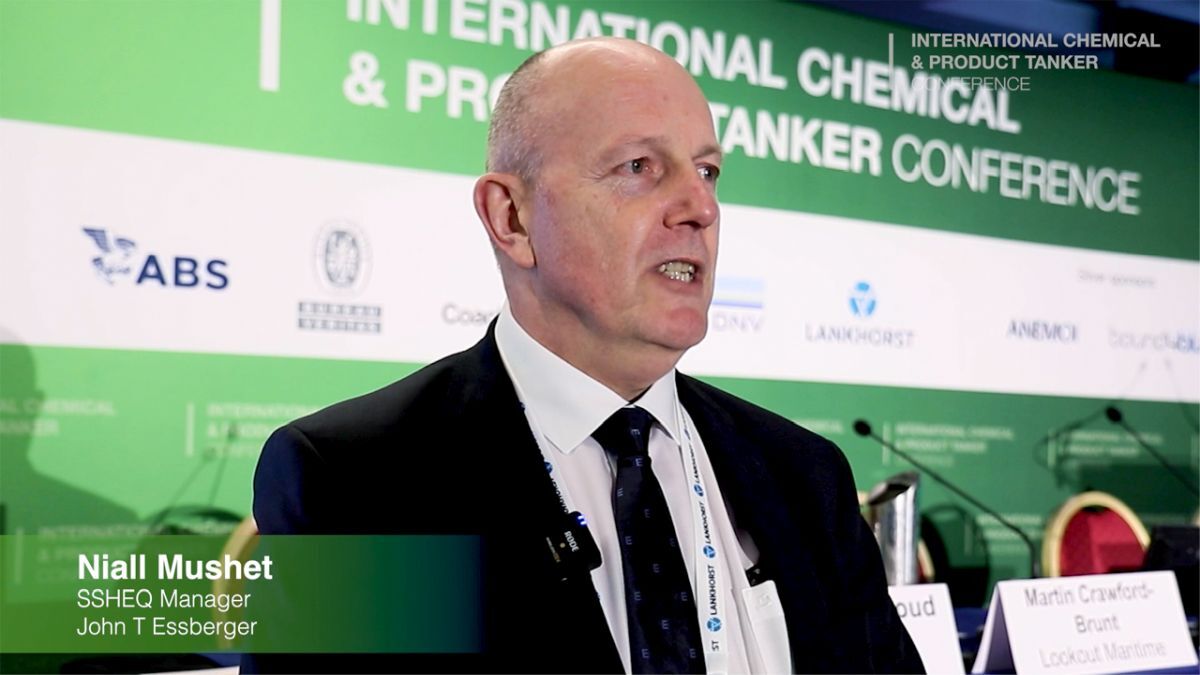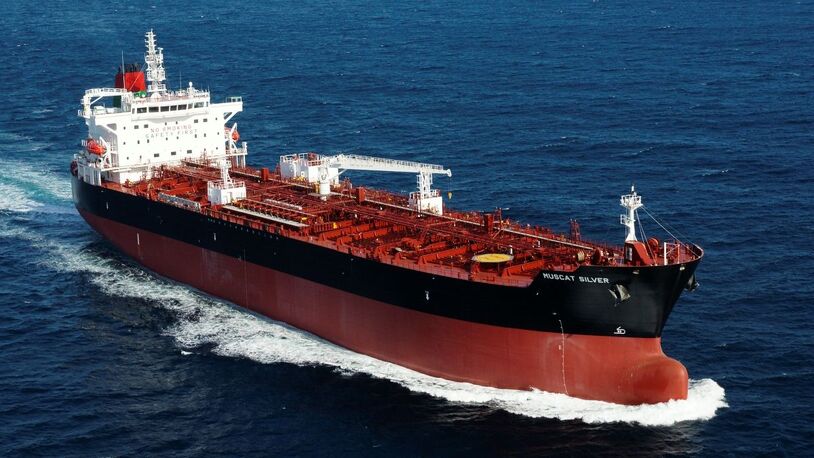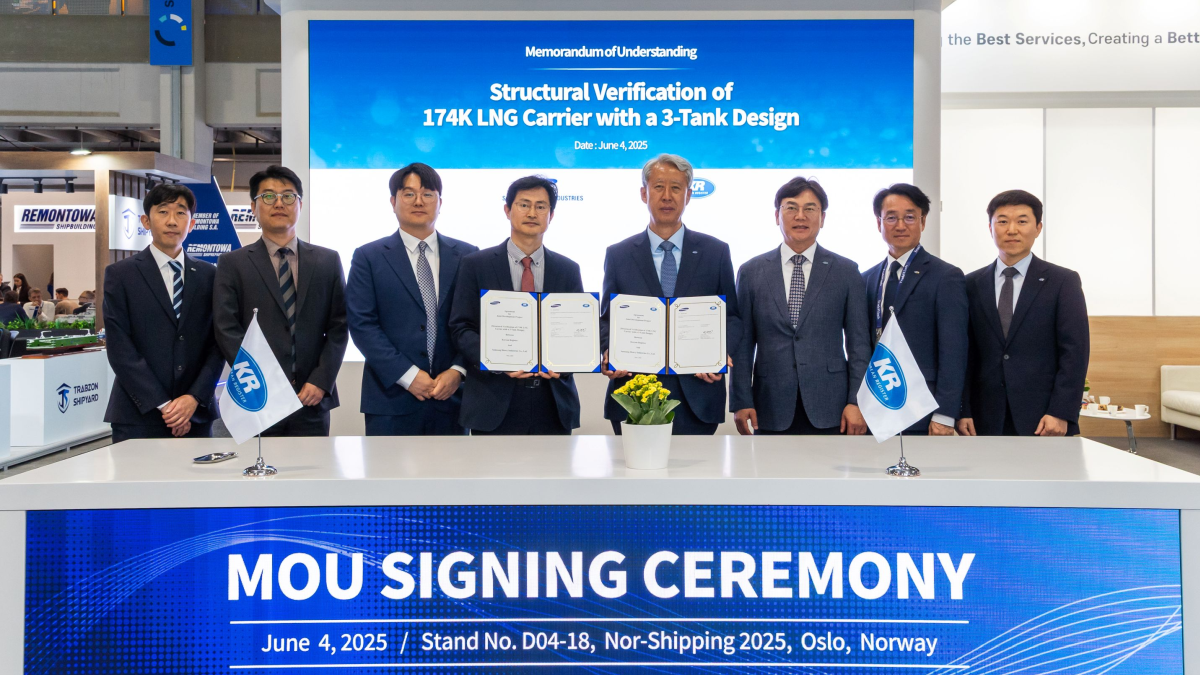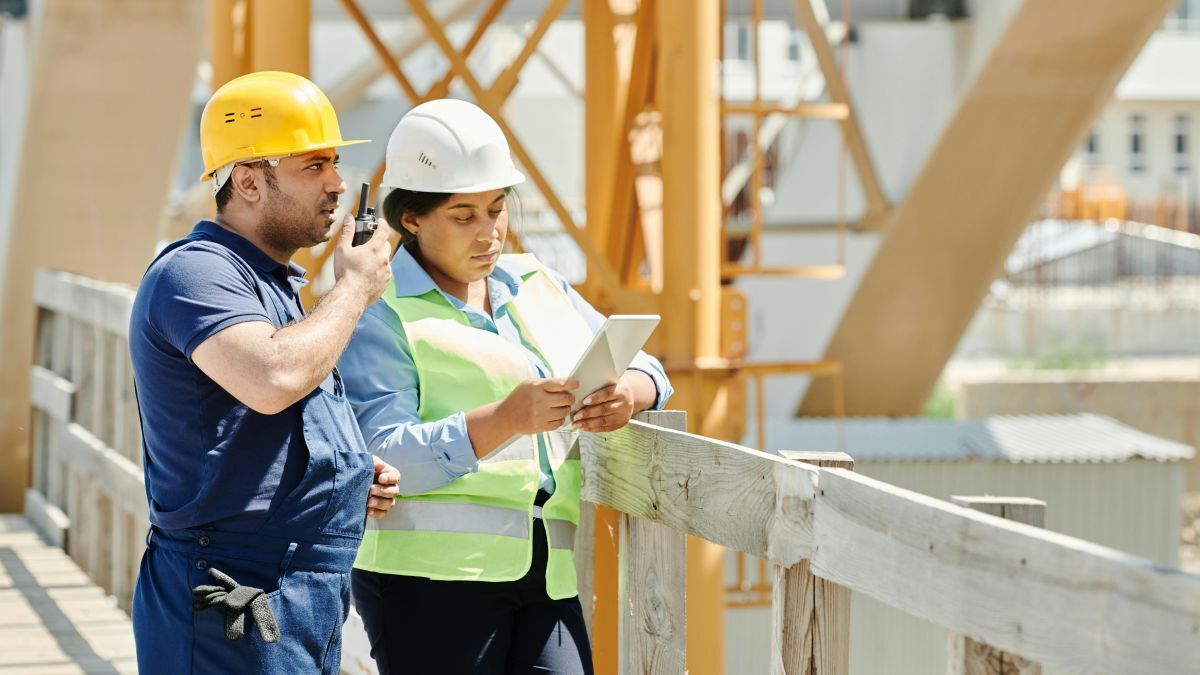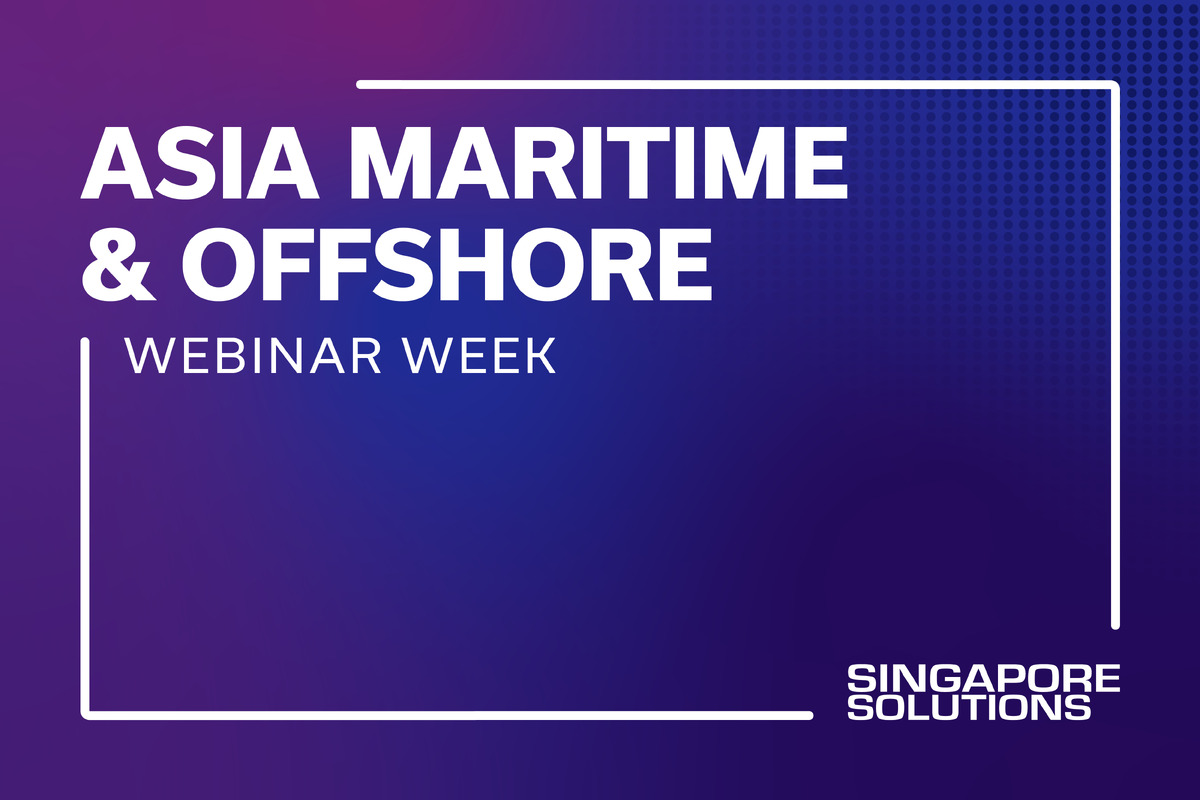Business Sectors
Contents
Lauritzen Kosan enters the ethylene pool with a splash
The rapid entry of Lauritzen Kosan into the ethylene trades has been made all the more dramatic by the design features of its new vessels
The Danish gas shipping specialist Lauritzen Kosan A/S embarked on a new gas carrier venture in 2004 when it went to the Sekwang yard (then known as INP Heavy Industries) in Korea to order a series of ten 8,000m3 ethylene carriers. These were the largest ships and the first liquefied ethylene gas carriers (LEGCs) ever contracted by Lauritzen Kosan. The new vessels were ordered to enable the company to participate in the growing Middle East ethylene export trades and to augment Lauritzen Kosan’s traditional LPG and petrochemical gas shipping activities in North West Europe and the Mediterranean
The 10 Sekwang newbuildings are named the Isabella Kosan class after the first ship in the series, which was delivered in 2007. Sekwang is midway through the construction programme; four ships in the series are still to be completed and all will be in service by the end of 2009.
The Isabella Kosan class LEGCs are particularly distinctive vessels. They are the first gas carriers designed to comply with the International Maritime Organisation’s (IMO) Green Passport concept and the CLEANSHIP class notation for pollution prevention. Lauritzen Kosan, in tandem with the shipyard and TGE Marine Gas Engineering, the ship and cargo plant designer, emphasised environmental protection, safety and crew comfort measures from the outset of the concept design process. This commitment is reflected in the vessels’ deck and bridge layouts and the low noise and vibration levels that have been achieved.
“The Isabella Kosan series also incorporate a number of distinctive technical innovations,” points out Thomas Wøidemann, senior vice president at Lauritzen Kosan. “Instead of the fixed deck tanks usually provided for gassing up on semi-ref vessels, these ships use intermodal tank containers that can easily be exchanged. For LPG, 20-foot and 40-foot intermodal pressure vessel tanks are utilised while 40-foot cryogenic tank containers are provided for ethylene. This arrangement enables a vessel’s deck tank composition to be adjusted to suit its commercial trade. The combination of tank containers also enables a complete change of atmosphere in the ship’s cargo tanks without the need to vent any product into the atmosphere or to call at a shore terminal. Each ship is provided with container foundations on deck for up to eight 20-foot or four 40-foot containers.”
In a similar fashion, instead of fixed pressure swing absorption (PSA) nitrogen generator units on the ships, these vessels are provided with modular, containerised units which can easily be replaced for maintenance purposes. If a vessel’s trade demands frequent inerting operations, a further 20-foot, high cube PSA container unit can be added, doubling the nitrogen production capacity and adding to the flexibility provided by the arrangement.
“Another feature on the ships is the arrangement of two separate compressor shelters,” continues Mr Wøidemann. “Whereas most semi-ref gas carriers of this size are equipped with one central compressor shelter, Isabella Kosan class vessels have two identical shelters. In addition to providing redundancy, the configuration substantially reduces the length of the cargo piping, thus reducing heat ingress and pressure drop during cooling operations and providing a considerable reduction in energy use.”
Ships in the Isabella Kosan series also have a dual-fuel auxiliary engine, developed in association with MAN Diesel of Holeby in Denmark. The availability of a ‘gas train’ on one of the auxiliary engines on each vessel allows the ship to utilise most surplus cargo remnants collected in one of the deck tank containers instead of venting them into the atmosphere. The gas train injects the gas into the auxiliary engine together with the charging air. This helps power the ship at the same time as protecting the environment.
The scope of the TGE Marine Gas Engineering contribution to the Isabella Kosan-class ships project comprises the detail engineering and design of the cargo handling system and the delivery of the gas-handling equipment, including a pair of IMO type C cargo tanks for each vessel. In addition, TGE supervises the cargo plant construction, pre-commissioning, commissioning and performance tests. As regards the ship itself, TGE developed the basic hull design documents up to the classification level, including ship line development, model testing and hydrostatic calculations.
Lauritzen Kosan’s new ethylene fleet was further strengthened in 2007 when it purchased three 9,000m3 LEGCs that Benelux Overseas had ordered at STX Shipbuilding in Korea. The three ships – Sophia Kosan, Stella Kosan and Stina Kosan – were delivered by STX in 2008. They are built to a more conventional LEGC design than the Isabella Kosan-class vessels.
The company’s established LPG and petrochemical gas shipping activities in North West Europe and the Mediterranean are serviced by a fleet comprising 17 semi-ref vessels and one fully pressurised (FP) ship, all in the 3,200-6,500m3 size range. No new ships for this fleet are on order at the moment.
“We are pleased with the performance of this fleet,” states Mr Wøidemann. “We have a large contract base of long-term customers in Northern and Southern Europe. As of today, this fleet is handling a mix of cargoes which is comprised of 20 per cent LPG and 80 per cent petrochemical gases. These percentages are basically the same as last year and are expected to remain stable.”
The remaining gas carrier segment with which the Danish shipowner is involved is the fleet of FP LPGCs operated by the Unigas Kosan joint venture in the Far East. Lauritzen Kosan, which contributes 10 ships in the 3,200-5,000m3 range to the pool, has orders for six further 3,700m3 FP LPGCs at the Yangzhou Kejin shipyard in China. To be delivered between December 2009 and December 2010, the newbuildings will be utilised in the Unigas Kosan operation. LPG
Related to this Story
Events
Reefer container market outlook: Trade disruption, demand shifts & the role of technology
Asia Maritime & Offshore Webinar Week 2025
Marine Lubricants Webinar Week 2025
CO2 Shipping & Terminals Conference 2025
© 2024 Riviera Maritime Media Ltd.
